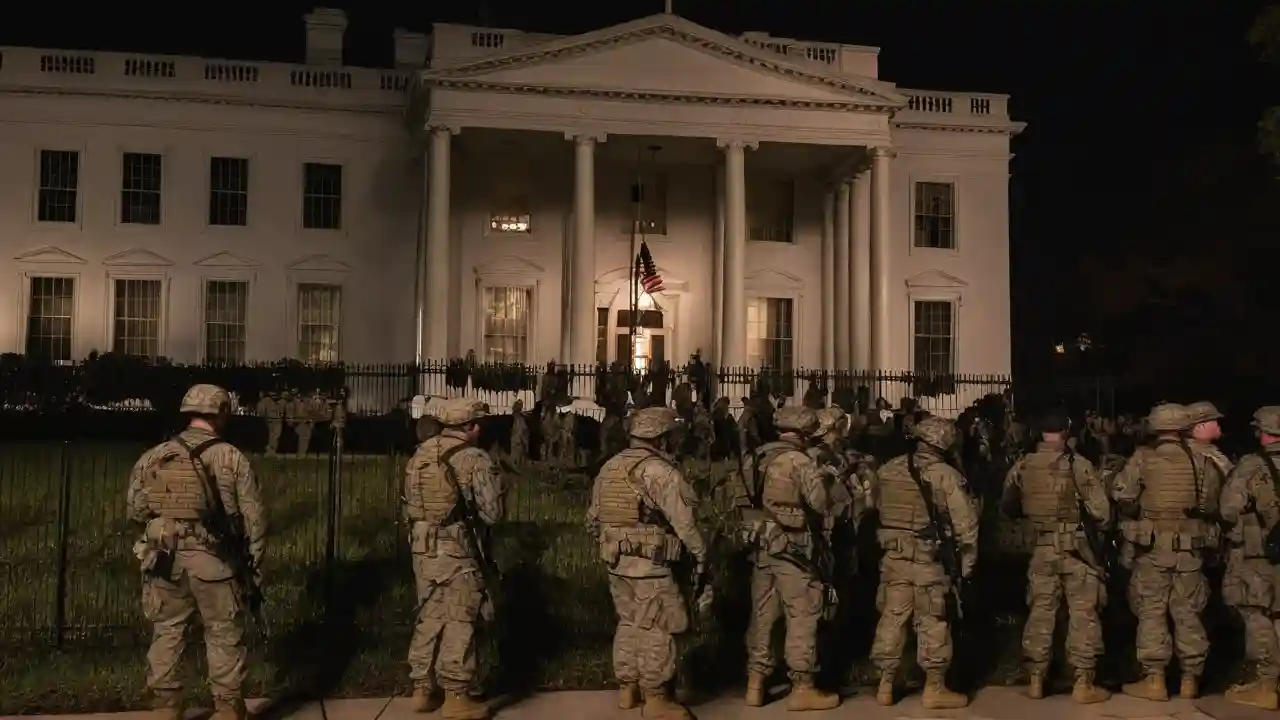
The Calendar as a Weapon: How Washington’s Shutdown Became a Battle Over Time
The Calendar as a Weapon: How Washington’s Shutdown Became a Battle Over Time
As the government shutdown nears record length, the real struggle isn’t about money—it’s about who controls the clock.
WASHINGTON — On Monday, the federal government hit its 34th day of shutdown, just shy of breaking the all-time record. Yet, despite all the noise about spending, the real fight in Washington has little to do with budgets or line items. It’s a tug-of-war over time itself.
President Trump has dug in, refusing to negotiate with Senate Democrats. Meanwhile, Democrats have repeatedly blocked the House’s funding bill—14 times, in fact—each vote falling short of the 60-vote mark needed to break a filibuster. They’re demanding an extension of enhanced Affordable Care Act subsidies set to expire at year’s end, which cover over 20 million Americans. Trump calls their stance “blackmail” and insists that the government must reopen first.
But behind the public posturing lies a quieter, more unsettling truth. Investors and analysts have started to see what politicians won’t admit: shutdowns aren’t about policy anymore. They’ve become tools that shift power—not just from one party to another, but from lawmakers to the ticking calendar that now dictates Washington’s every move.
The Real Battlefield
“This fight isn’t about spending,” read one note circulating among Wall Street trading desks. “It’s a battle over who can wait the longest and force the other side into the calendar’s corner.”
Those “corners” are piling up fast. Starting November 1, SNAP benefits for 42 million Americans could face delays. Open enrollment for the Affordable Care Act has begun with no clear guidance on subsidies. Federal data agencies have gone dark, leaving the Federal Reserve flying half-blind without fresh numbers. Every extra day doesn’t just burn money—roughly $15 billion in lost GDP per week—it rewrites the terms of any possible deal.
Markets have noticed. Instead of focusing on the big economic picture, investors are now tracking every small disruption that ripples through the system. Treasury auctions are getting shaky as payment schedules blur. Market volatility is jumping because the Fed can’t read what it can’t see. Federal contractors—from tech firms to janitorial services—are feeling the squeeze now and expect a flood of delayed payments later.
For traders, this chaos creates what they call “sequencing opportunities.” They’re not betting on if the government reopens, but when and how. Treasury bills drop in value during uncertainty, then rebound when things settle. Stocks tied to federal contracts dip during the closure, only to surge weeks after as backlogged funds finally move.
“Markets don’t care about ideology,” one analyst put it bluntly. “They care about time risk—missed data, delayed checks, broken schedules.”
Even more alarming, Trump’s calls to scrap the Senate filibuster entirely have turned what’s known as “rule risk” into a serious market concern. If the 60-vote rule disappears, future policies could swing wildly with each election. GOP senators may resist now, but the mere threat is enough to rattle investors and reshape how they price legislative stability.
The Players and Their Moves
Trump’s play is clear: hold firm, rally his base, and paint Democrats as the ones blocking progress. It’s a familiar strategy, but history doesn’t favor him. In the 2018–19 shutdown, 54% of voters blamed Republicans.
Senate Republicans, on the other hand, are walking a tightrope. They know the filibuster protects them when they’re out of power, but they’re under pressure from their own president to destroy it for short-term victory.
Democrats are betting on public sympathy. They highlight the tangible costs—veterans waiting on benefits, families missing food assistance, national parks shuttered, food safety checks halted. Every day without SNAP payments piles political weight on moderate senators from swing states who can’t afford the optics of inaction.
Lessons from the Past
When the government shut down for 35 days in 2018–19, the Congressional Budget Office pegged the total cost at $11 billion in lost economic output—$3 billion of that permanently gone. The pain didn’t stop when the doors reopened. Contractor delays, drops in consumer confidence, and backlogged paperwork lingered for months.
This time, analysts estimate there’s a 70% chance of a temporary deal right after the November 5 election—sometime around November 7 to 10. The reasons are practical: SNAP pressures and ACA enrollment chaos can’t wait forever. Political speeches won’t change that math.
The likely outcome? A short-term fix. Expect a funding patch that lasts until mid-December, kicking the fight just far enough down the road to repeat later. But the deeper issue runs beyond this shutdown. One market strategist summed it up perfectly: “Shutdowns are the new normal—annual rituals instead of exceptions.”
The real question isn’t whether Washington’s dysfunction costs the nation money—it clearly does. The question is simpler, and maybe scarier: does anyone still steer the ship, or has the calendar taken the wheel?